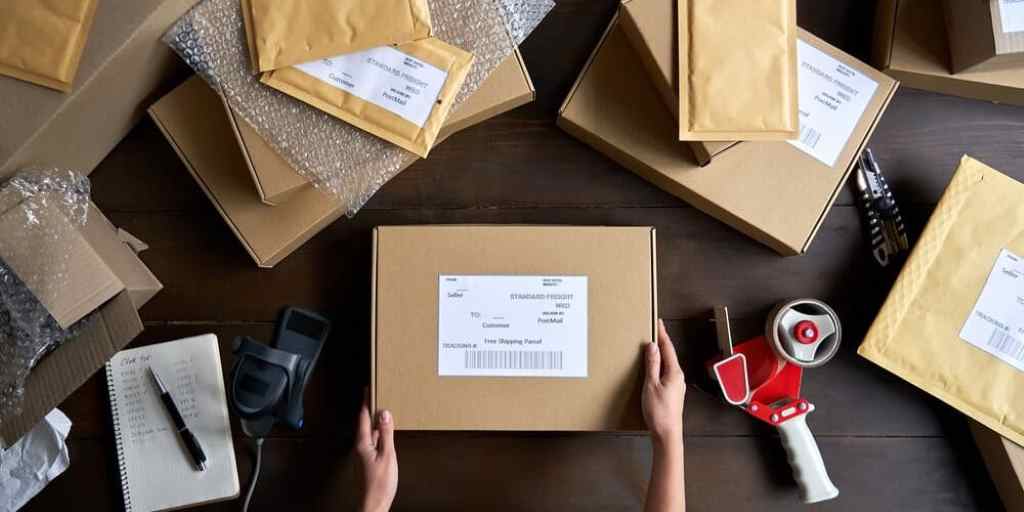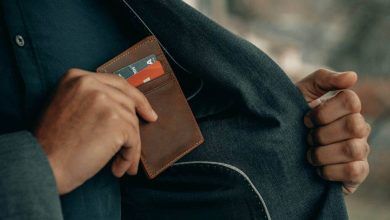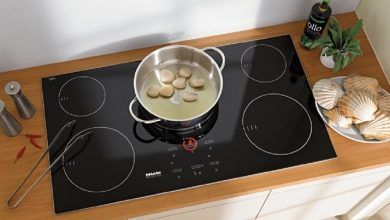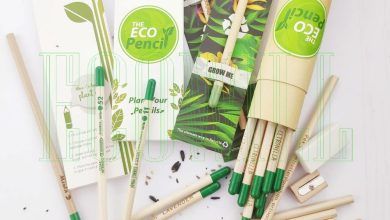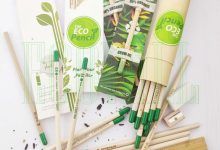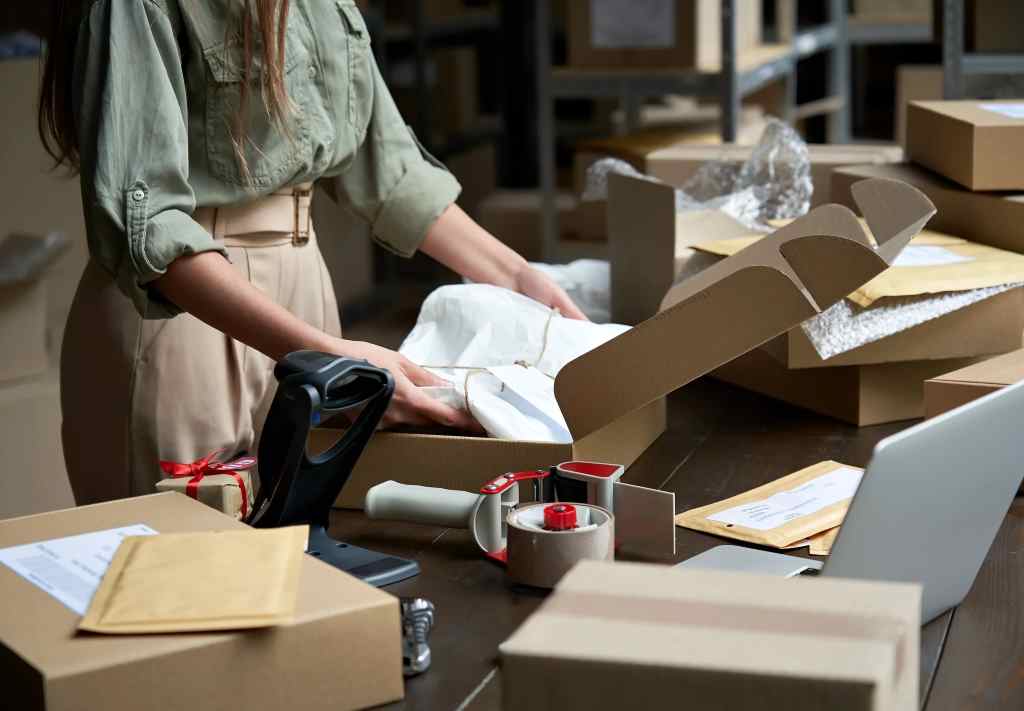
The Versatile World of Cardboard: Unpacking Its Most Common Uses
Cardboard, a ubiquitous material often associated with packaging, is far more versatile than it first appears. Its strength, affordability, and recyclability make it a go-to choice for a wide range of applications, extending far beyond simple boxes. In this article, we delve into the various ways cardboard is utilized in our daily lives and explore its potential for sustainable innovation.
Cardboard in Packaging: The Foundation of Modern Commerce
The most obvious and widespread use of cardboard is in packaging. It’s the backbone of e-commerce, protecting goods during shipping and providing a canvas for branding and information. Additionally, the impact of a clean factory environment plays a crucial role in maintaining the quality and hygiene of cardboard products, ensuring they meet safety standards. Different types of cardboard cater to specific needs:
- Corrugated Cardboard: This familiar material, with its wavy inner layer, offers exceptional strength and cushioning. It’s ideal for shipping boxes, product packaging, and even heavy-duty applications like furniture boxes.
- Paperboard/Card Stock: Thinner and more flexible, paperboard is used for cereal boxes, folding cartons, and point-of-sale displays. It’s easily printable and customizable.
- Chipboard: Made from recycled paper fibers, chipboard is often used for book covers, puzzles, and backing material. If you’re curious about how to waterproof cardboard, you can find useful tips and techniques at https://theothersidemagazine.com/how-to-waterproof-cardboard/.
Beyond Boxes: Creative and Practical Uses of Cardboard
Cardboard’s versatility extends well beyond the packaging realm. Its adaptable nature makes it a popular material for a wide range of creative and practical uses:
- Art and Craft Projects: Cardboard is a blank canvas for artists and crafters. It can be transformed into sculptures, models, masks, and even jewelry. Its neutral color and texture make it easy to paint, decorate, and embellish.
- DIY Furniture and Home Decor: With some ingenuity, cardboard can be repurposed into functional furniture like bookshelves, chairs, and tables. It can also be used to create decorative items like wall art, lampshades, and storage boxes.
- Gardening: Cardboard can serve as a weed barrier in gardens, suppressing unwanted plant growth while decomposing and enriching the soil over time. It’s also used to create compost bins and seedling pots.
- Children’s Toys and Play Structures: Cardboard boxes are a staple of childhood play. They become forts, castles, spaceships, and countless other imaginary worlds. Cardboard tubes can be repurposed into tunnels, swords, or building blocks.
- Animal Enrichment: Cardboard provides hours of entertainment for pets. Scratching posts, puzzle boxes, and hideaways can all be crafted from this readily available material.
Sustainability and Cardboard: A Recycling Success Story
Cardboard’s recyclability is a significant advantage in an era of increasing environmental awareness. Most cardboard is made from recycled paper fibers, and it can be recycled multiple times before it degrades. This closed-loop system reduces the demand for virgin materials and minimizes waste.
The Future of Cardboard: Innovation and Adaptation
Cardboard continues to evolve, with new technologies and applications emerging. Manufacturers are developing stronger, lighter, and more sustainable cardboard products. The rise of 3D printing and digital cutting technologies allows for even greater customization and creative potential.
Key Takeaways:
- Cardboard is far more than just packaging material.
- It finds applications in art, crafts, furniture, gardening, play, and animal care.
- Cardboard’s recyclability contributes to a circular economy.
- Innovation in cardboard manufacturing promises exciting new possibilities.
Whether you’re a DIY enthusiast, an eco-conscious consumer, or simply someone who appreciates the adaptability of everyday materials, cardboard offers a wealth of potential waiting to be unlocked.

